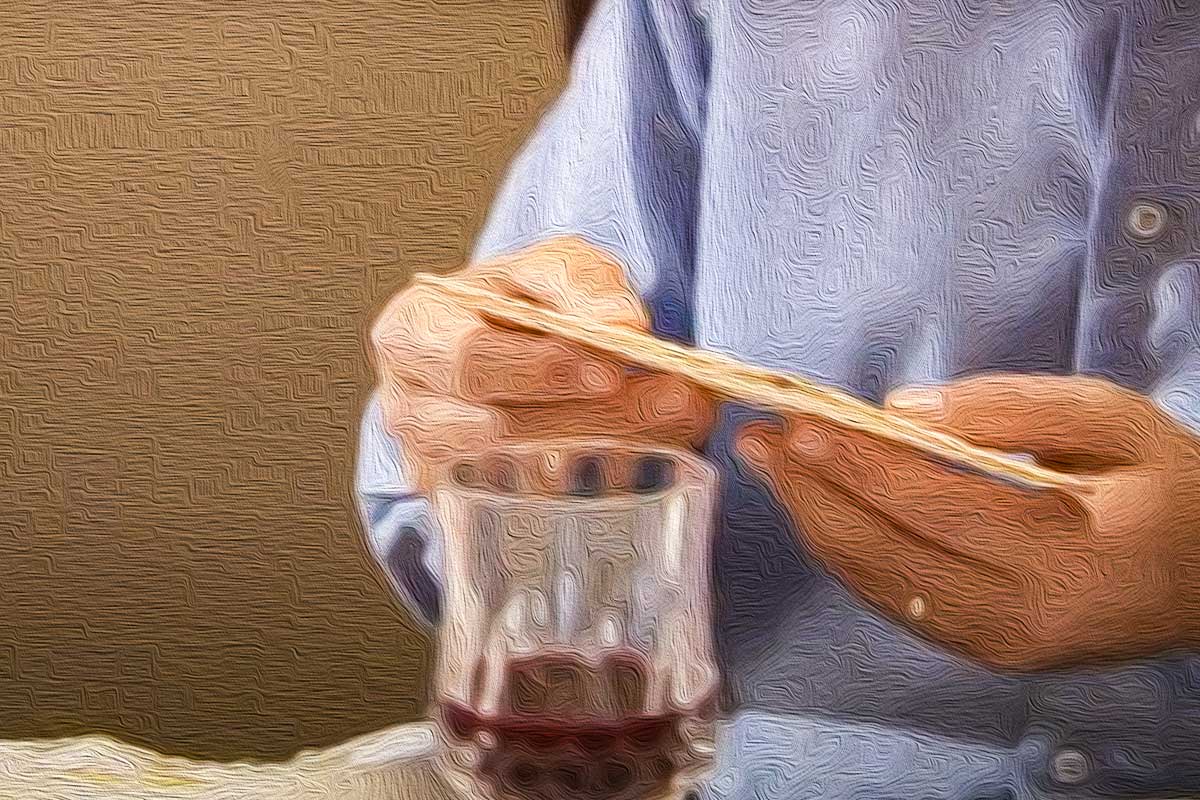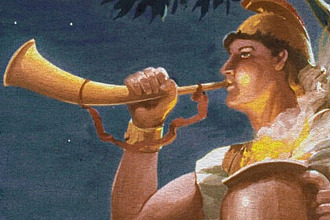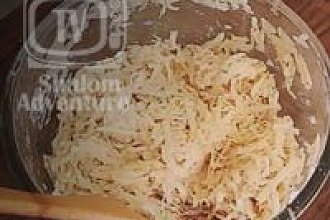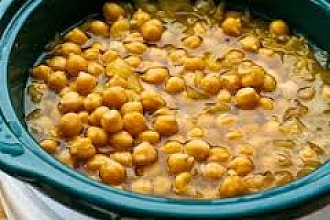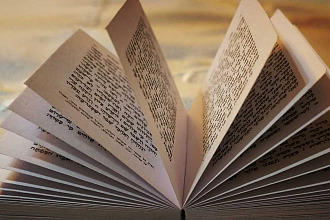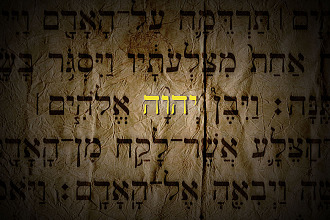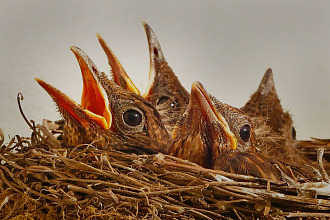Question
Exodus 12:8 says you should eat lamb, matzah and bitter herbs. Why did all the extras come into the meal? Is this pagan?
Answer
Correct, those are the only 4 things mentioned in the Bible, the lamb, matzah, and bitter herbs (since herbs is plural I counted it twice. We will see the application of those two different times below). There are 4 other things that are now included, namely the salt water, the charoset, the fruit of the vine, and the egg.
A bitter herb in the form of a green, such as parsley, is dipped in salt water. Bitter herbs are mentioned in Exodus. A bitter herb in a leaf form represents the hyssop stalk or reed used to paint the blood over the door posts. King David mentions being purged with hyssop for cleansing of sin. The salt water is added and has several meanings attached to it. For one, when the bitter herb is dipped in the salt water, its bitterness is mitigated to a certain extent, reminding us that even though slavery was bitter it was sweetened to a certain extent because we had the promise of deliverance. Thus all the bitter experiences we go through can be sweetened with the hope and trust that God will work all things together for good. The salt water also reminds us of the Red Sea parting because the Red Sea is a salty body of water. Since tears are salty, the salt water also reminds us of the tears we shed in slavery, and the tears we shed for those who did not believe and did not put the blood over their door posts.
At another part of the seder we eat of another bitter food in a root or grounded form such as horse radish, as opposed to a stem/leaf as mentioned with the parsley or other form of bitter green. In Exodus it says bitter herbs in plural, thus the second bitter herb is not an added item. We know that Yeshua “dipped” something in something during His last supper Passover. He used that moment to demonstrate who was going to betray Him. During modern Passovers, the matzah is dipped in the bitter herb and Charoset. Charoset is not mentioned in the Bible, but since that is the only dipping in the Passover and since the gospel accounts mention dipping, there is a very good probability that this tradition has been around for over 2,000 years and was approved by Yeshua. The Charoset is to remind us of the mortar we were forced to make for Egypt and is a part of the Passover story (we had to gather our own straw to make bricks after Moses went to pharaoh the first time). The Charoset, which is sweet, also demonstrates that God’s sweetness (His grace) can overpower the bitter experiences of life (they are eaten together and the sweet taste overpowers the bitter taste). Where sin abounds Grace much more abounds.
We also know that Yeshua drank the fruit of the vine during the Passover. Thus grape juice was added sometime between the Exodus account and the time of the Gospels. This shows that it is not a sin to add stuff to a tradition. A tradition is different than a law. The juice reminds us of the blood over the doorpost and of Yeshua’s blood shed for us.
The fourth and last “added” item is the egg. It is not mentioned in either the Exodus accounts or the gospel accounts, and may have been added later. It was possibly added because of the close timing of Passover and Easter. We have no proof of when or how it was added. We have no evidence that it directly came from pagan sources or where it came from. The general rabbinical reasons for it being there are that it represents the “circle of life,” which might all be nice, but it doesn’t have a direct connection to the Passover story. Personally we ignore it.
Rabbi Jeff

